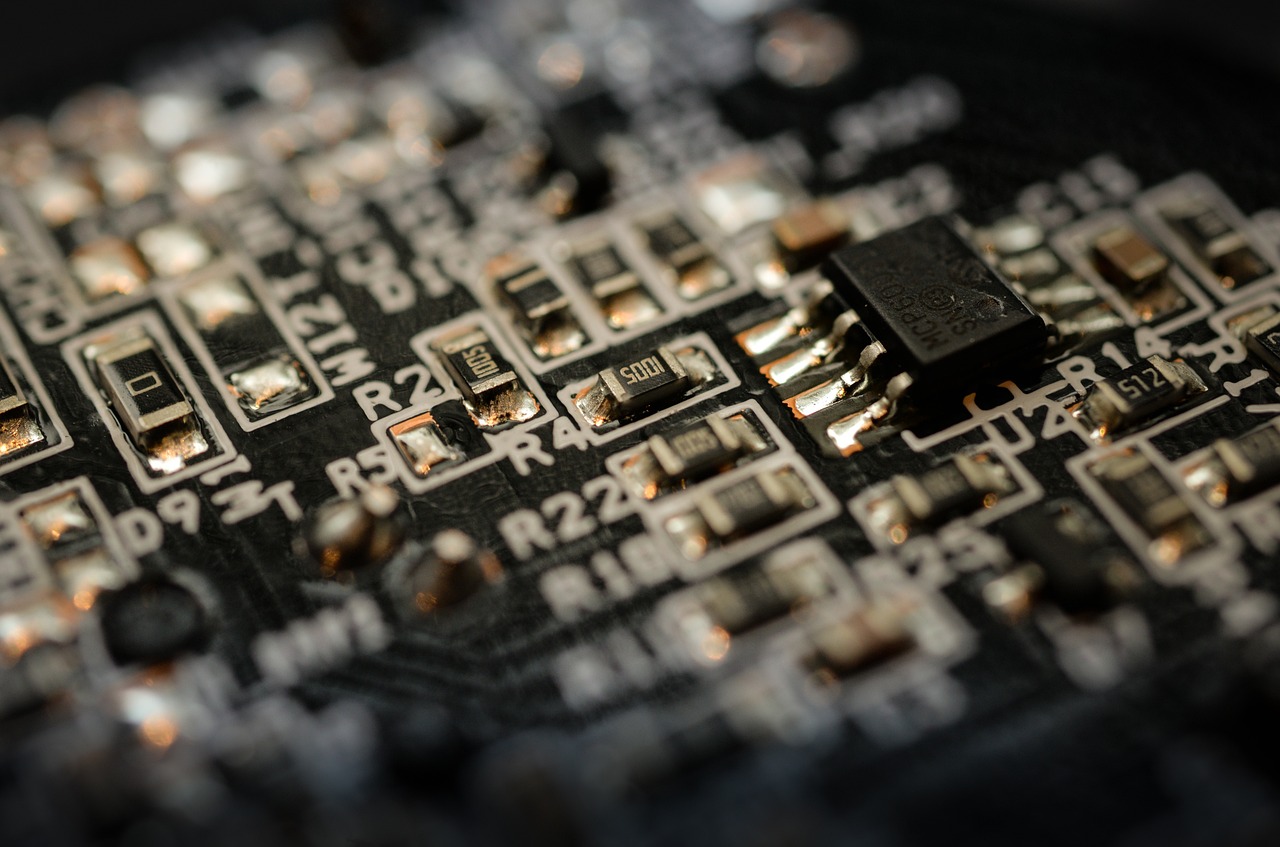PLC Tension Controller: A Key Component for Maintaining Tension in Web Handling Applications
The PLC Tension Controller is a crucial component for maintaining tension in web handling applications. It provides precise control of the tension force applied to the web, which ensures smooth and efficient operation of the entire system. The PLC Tension Controller can be easily integrated into existing web handling systems, offering significant advantages in terms of cost, time, and performance. It can also be customized to meet the specific needs of each application, providing maximum flexibility and adaptability. By using a PLC Tension Controller, web handling systems can be optimized to achieve improved productivity, efficiency, and profitability.
In web handling applications, such as papermaking, packaging, and printing, it is essential to maintain consistent tension in the web to ensure product quality and efficiency. To accomplish this, many manufacturers rely on PLC (Programmable Logic Controller) tension controllers. This article will explore the role of PLC tension controllers in web handling applications and how they help maintain tension.

What is a PLC Tension Controller?
PLC tension controllers are computer-controlled devices that regulate the tension in a web material by monitoring its speed and controlling the driving or braking forces applied to it. They are typically designed to work with a variety of web materials, including paper, plastic, foil, or fabric, and can be tailored to meet the specific tension requirements of each application.
How Do PLC Tension Controllers Work?
PLC tension controllers work by measuring the speed of the web material as it passes through the controller and comparing this speed with the desired speed. If the actual speed differs from the desired speed, the controller adjusts the driving or braking force applied to the web material to increase or decrease its speed, respectively. This process of speed regulation ensures that the web material maintains a consistent tension.
Moreover, PLC tension controllers also have built-in algorithms that can account for factors like web material properties, environmental conditions, and mechanical system limitations to ensure accurate tension control. These algorithms help ensure that the controller always provides the right amount of force to maintain the desired tension level.

In addition to these basic functions, some PLC tension controllers also have advanced features like automatic calibration, remote monitoring and troubleshooting, and integration with other process control systems to provide a comprehensive solution for web handling applications.
Benefits of Using PLC Tension Controllers
There are several benefits of using PLC tension controllers in web handling applications. Firstly, they provide high-accuracy tension control, which ensures that the web material is consistently maintained at the desired tension level. This not only ensures product quality but also improves process efficiency by reducing downtime and maintenance costs.
Secondly, PLC tension controllers have built-in algorithms that can account for various factors like web material properties, environmental conditions, and mechanical system limitations to ensure accurate tension control. This level of adaptability and precision makes them ideal for use in complex web handling applications where multiple factors can affect tension control simultaneously.
Thirdly, many PLC tension controllers have automatic calibration features that help simplify setup and ensure consistent performance over time. This not only reduces operator error but also extends equipment lifespan by reducing wear and tear on mechanical components due to improper setup or maintenance.

Fourthly, PLC tension controllers also provide remote monitoring and troubleshooting capabilities that help reduce downtime and increase productivity by allowing operators to monitor and adjust system performance from anywhere within the plant or even remotely from anywhere in the world if necessary.
Conclusion:
In conclusion, PLC tension controllers play a crucial role in web handling applications by providing high-accuracy tension control that ensures product quality and process efficiency while also offering advanced features like automatic calibration, remote monitoring and troubleshooting capabilities that further enhance system performance and reduce operator error and maintenance costs. Therefore, it is essential to have a good understanding of how these devices work and what their benefits are in order to get the most out of them in your specific application environment.
Articles related to the knowledge points of this article:
Panasonic PLC Controller: A Comprehensive Guide
PLC Time-Sharing Controller: An Efficient Solution for Process Automation
Keba Controller Connection to PLC
PLC Controller Certification Agencies